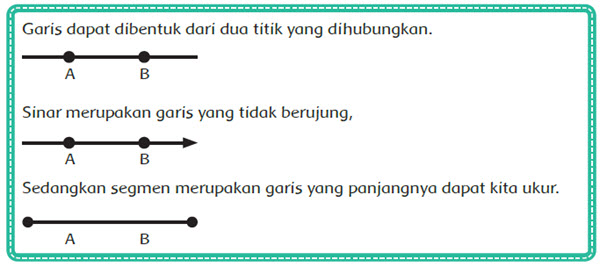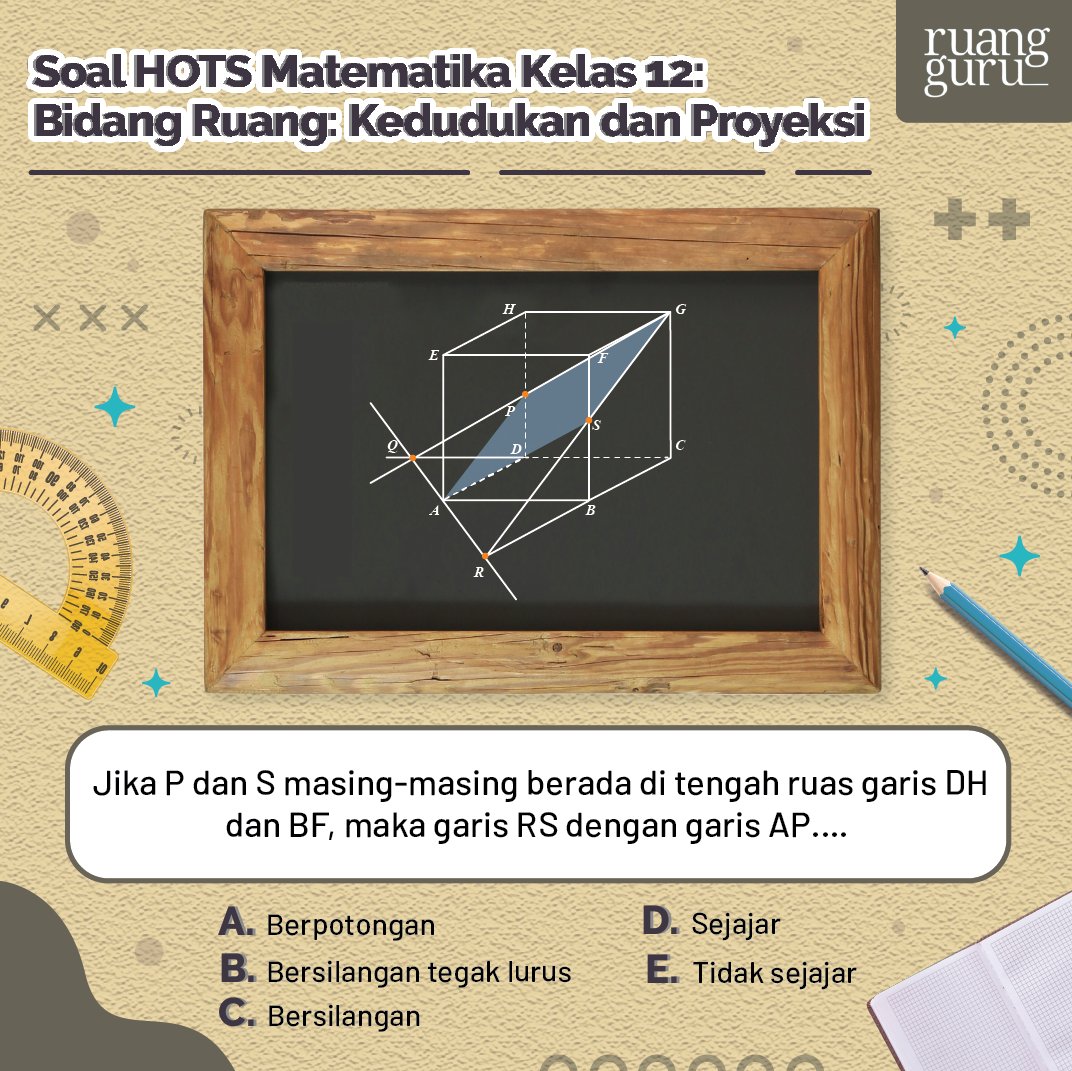
"Oh, yes! I see him!" Each of them answered. When he was coming, Strong Wind's sister asked them, "Do you see him?" The two older sisters also went to try and see Strong Wind. They lied to their father that she did these things to herself. They also burned her face with coals so that she would be ugly. They cut off her long black hair and they made her wear rags. She was gende, kind and beautiful, but her sisters were jealous of her and treated her badly.

His wife had died, and he had three daughters. Then Strong Wind's sister would know that they were lying, because their guesses were wrong.Ī chief lived in a village.

Then Strong Wind's sister would ask, "What is he pulling his sled with?"Īnd then the girls would answer, "with a rope" or "with a wooden pole." When his sister saw him coming, she would ask, "Do you see him?"Įach girl would answer, "Oh, yes! I see him!" Many women came up to his tent to watch for him. He had said he would marry the first woman who could see him as he came at the end of the day. His sister could see him, but no one else could. Strong Wind was able to make himself invisible. He lived with his sister in a tent by the sea. Once there was a great warrior named Strong Wind. The 68 Buto tombs and the five Naqada tombs, which are oval, contain corpses that are curled in the fetal position and facing sideways, Ayman Ashmawi, the head of the Egyptian antiquities sector at the Supreme Council of Antiquities.Īdopted from: dating-back-before-pyramids-1587510 (April 30, 2021)Į. Interestingly, the tombs differ in shape and the corpses within are positioned depending on their age. " are working to understand how the Egyptians and the Hyksos lived together and to what degree the former took on Egyptian traditions." "This is an extremely interesting cemetery because it combines some of the earliest periods of Egyptian history with another important era, the time of the Hyksos," Salima Ikram, an Egyptologist at the American University in Cairo, told Reuters.

and the remaining 37 were constructed during the "transition era" known as the Hyksos period, when Western Asian nomads wrested control of the country from the pharaohs between 1650 B.C. five were constructed during the Naqada III civilization, which preceded the unification of Egypt in 3000 B.C.

The find represents "an important historical and archaeological addition to the site," Mustafa Waziri, the secretary-general of Egypt's Supreme Council of Antiquities, said.Ħ8 were constructed during the Buto 1 and 2 civilizations, which began in 3300 B.C. Egyptologists working at the Koum el-Khulgan archaeological site, which is located northeast of Cairo, have discovered 110 tombs, including 73 that predate the time of the pharaohs.


 0 kommentar(er)
0 kommentar(er)
